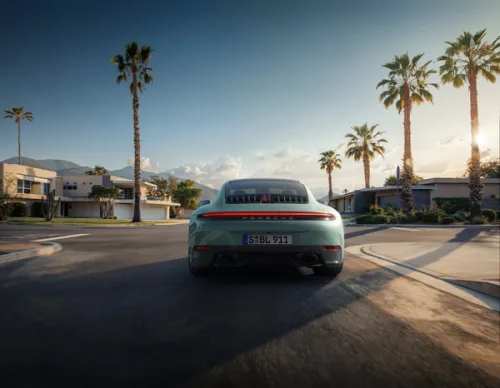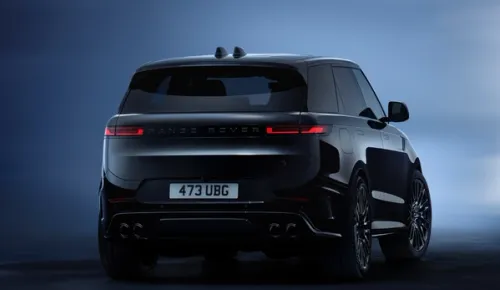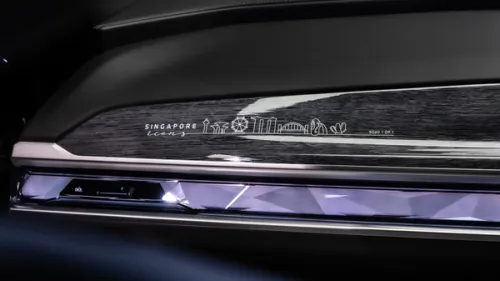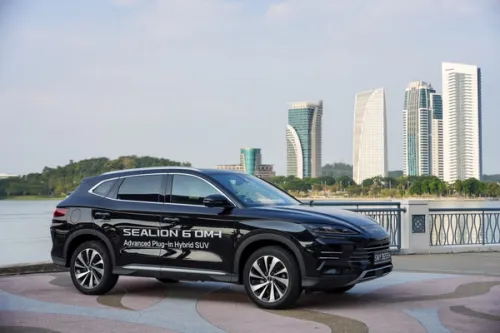Volkswagen Cross Coupe Concept
At the Tokyo Motor Show (3rd to 11th December) Volkswagen is showcasing its concept of an SUV of the future: the Cross Coupé.


At the Tokyo Motor Show (3rd to 11th December) Volkswagen is showcasing its concept of an SUV of the future: the Cross Coupé. Visually the all-wheel-drive plug-in hybrid vehicle shows how Volkswagen designers could envisage a crossover between a four-door coupé and a compact SUV. The design team led by Walter de Silva and Klaus Bischoff have created a fascinating study that impressively combines the best of two worlds. Original, strong in character, sculptural and dynamic, the Cross Coupé stands for the future of SUV design at Volkswagen!
The Cross Coupé has not one but three motors, which work together efficiently as a hybrid system. At the front under the bonnet is a 110 kW TSI petrol engine delivering maximum torque of 210 Nm and an electric motor with an output of 40 kW and 180 Nm of torque. Together or individually these two motors power the front axle. If the Cross Coupé is to be used in all-wheel drive or pure electric power mode, a further electric motor cuts in. This has been integrated as a co-axial drive unit into the rear axle layout. This motor drives the rear wheels. This second electric motor generates up to 85 kW and develops torque of 270 Nm. The overall output of the system (petrol engine + battery) is a maximum of 195 kW.
When the vehicle is being driven purely on electric power, the electric motors receive their current from an 8-module lithium ion battery. The battery holds 9.8 kWh of energy and is located inside the Cross Coupé’s centre tunnel, i.e. where the drive shaft is found in conventional SUVs. An electronic power control module, operating at around 370 volts and integrated into the engine compartment, manages the flow of high-voltage energy from and to the battery and to the electric motors. Meanwhile, the Cross Coupé’s low voltage electrical system is supplied with the necessary 12 volts through a DC/DC converter. The electric drive system causes no space restrictions in the vehicle’s interior. The battery gets charged either via external electricity sources (230-volt connection) or – in motion – via the TSI engine and battery regeneration (both front and rear axles).
With a full tank of fuel the Cross Coupé weighs 1,748 kg (58% on the front axle, 42% on the rear). It can take a further load of 450 kg and be driven a distance of up to 45 km on purely electric power. In doing so the vehicle produces no emissions. In the New European Driving Cycle (NEDC) the TSI engine’s fuel consumption is just 2.7 litres per 100 km, equating to CO2 emissions of only 62 g/km. With a fuel tank capacity of 55 litres, the theoretical range in hybrid mode is 815 kilometres. Adding in the electric range, the Cross Coupé can do 855 km without stopping for fuel.
Despite the focus on sustainability the concept car being shown in Tokyo is still sporty. The Cross Coupé accelerates from 0 to 100 km/h in just 7 seconds and has a top speed of 201 km/h. If forward propulsion is being provided solely by the electric motors, the top speed is regulated down to 120 km/h. Both the consumption figures and driving performance are positively influenced by the Cross Coupé’s aerodynamic properties. The optimally balanced aerodynamics built into the design and the very low overall height (for an SUV) produce a very good drag coefficient of 0.329.
Both electric motors help (boost) the petrol engine (TSI) during acceleration. As mentioned above, however, they can also power the concept car on its own for a distance of up to 45 kilometres, depending on conditions. Here, by opening the clutch, the TSI gets disconnected from the drive-train and switched off. The clutch on the gearbox side, however, remains closed and the seven-speed DSG thus remains connected. Cross Coupé drivers can themselves also choose to drive relatively long distances on pure electric power (as long as the battery has enough charge). To do so the driver simply presses the relevant driving mode button on the centre console next to the gear lever. As soon as the TSI needs to be brought back into play due to the battery’s level of charge or any other parameters, the engine starts up – almost imperceptibly for driver and passengers – and smoothly engages with the drive train.
Whenever the Cross Coupé’s brakes are applied, both electric motors act as a generator, utilising the braking energy to charge the battery (battery regeneration). The driver can (via another button next to the gear lever) also consciously charge the battery from the TSI engine – for instance, in order to have sufficient electric power to drive later in a regulated zone preserved exclusively for zero-emission electric vehicles. At all times, the current electric range and the Cross Coupé’s overall range are displayed on the instrument panel. The engine controller regulates all energy flow and drive management tasks taking into account the minute-by-minute demands for power made by the driver.
Based on the amount of drive (for instance, loss of traction on the front axle) or through the driver consciously switching to all-wheel or electric mode, the second electric motor integrated with the rear axle engages it in an instant. In general there are three driving modes available to the driver: City (eco-mode with minimal fuel consumption), Sport (dynamic driving) and Offroad (permanent all-wheel drive).
Technically too the very sporty Cross Coupé concept car defines a new status, being based on Volkswagen’s new modular transverse matrix (MQB) – the first such model ever to be publicly shown. Features of the Cross Coupé consequently include strikingly short bodywork overhangs. The four-seat SUV is powered by two electric motors (1 x front, 1 x rear) and a direct injection turbo petrol engine (TSI). The Cross Coupé can drive a distance of up to 45 kilometres purely on electric power. The all-wheel drive system with ‘electric drive shaft’ represents an innovation for Volkswagen, with the rear axle being driven by the rear of the two electric motors. In this situation power is supplied to the rear electric motor by the one at the front, which during this phase acts as a generator powered by the TSI engine. In the Cross Coupé the flow of electrical energy thus replaces the conventional transfer of power by means of a drive shaft. And that creates room on board the concept car for another important technology: the centre tunnel, usually the place for the drive shaft, houses the lithium ion battery (tunnel battery) on the Cross Coupé. The low position of the battery and the general layout of the drive systems give the vehicle a very low centre of gravity and facilitate a balanced spread of axle loading. Although equipped with the all-round qualities of an SUV, the concept car therefore demonstrates the dynamic handling of a coupé.
Credits: wilswong


Get the Best Price for your used car
from 500+ dealers in 24 hours
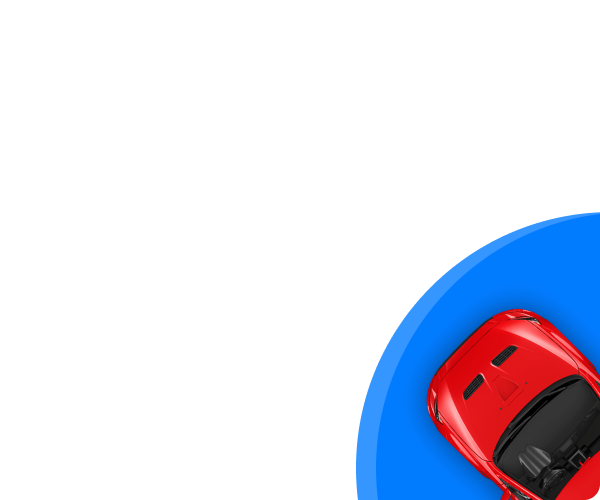
- Convenient and Hassle-Free
- Consumer Protection
Transparent Process
With No Obligation
